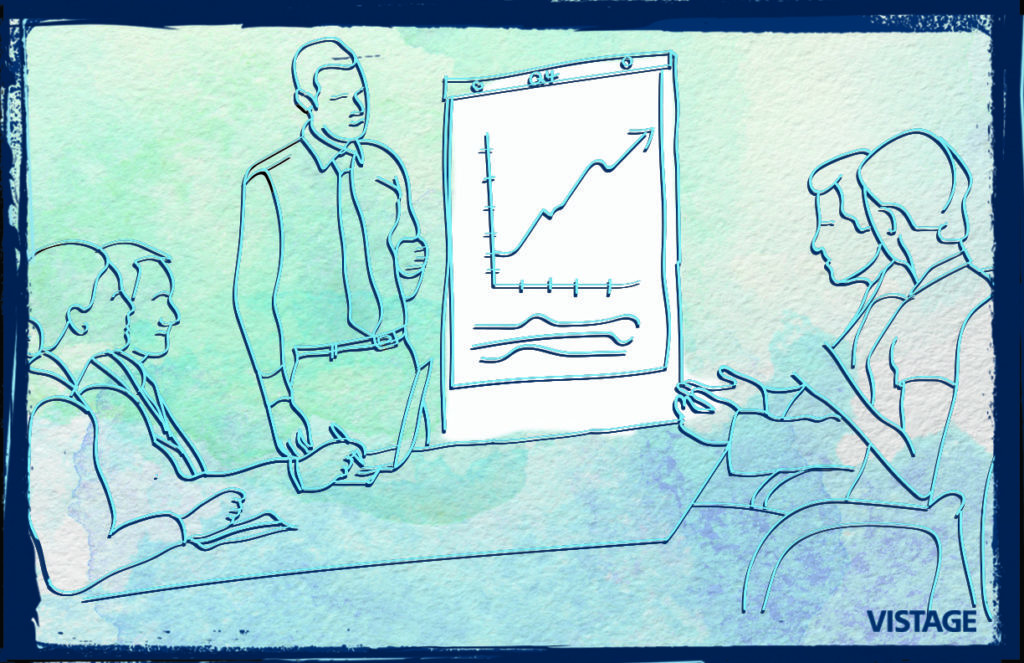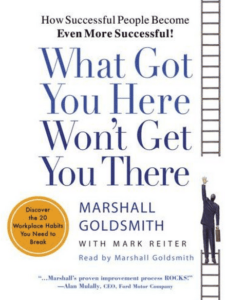Business Growth: A Problem

Remember: “What got you here won’t get you there.”
I bet you all remember Marshall Goldsmith’s quote, and his book What Got You Here Won’t Get You There. Is it happening to you all over again? Stalling out, no revenue growth, struggling with costs to make a margin…sound familiar? While this was a frequent problem before and immediately after the recession, it has been less of an issue among our clients in recent months. Then all of a sudden, “stall-outs” popped up again.
 We had found that the serious downsizing that occurred right after the recession helped companies sustain profits when revenue growth had slowed or even stopped. But as the market recovered, there was more innovation and creativity going on, and companies were growing again—at least month-over-month and year-over-year, if not at the pace they were before the recession.
We had found that the serious downsizing that occurred right after the recession helped companies sustain profits when revenue growth had slowed or even stopped. But as the market recovered, there was more innovation and creativity going on, and companies were growing again—at least month-over-month and year-over-year, if not at the pace they were before the recession.
However, recently we’ve begun working with clients that have plateaued. Maybe “stalled” is the wrong word, but when you are hitting the same $50 million in sales for the third year in a row and pricing remains very competitive, you are probably looking at a stall point on the horizon…three years is often the magic (or cursed) number.
It’s the same problem for a $10 million company or $350 million one. The size or the industry seems less important than the pattern of stalling out.
Why, these clients ask, can’t they sustain business growth or get growing again? Is it their strategy? Execution? Or culture? How to know and what to do about it?
As we begin to work with them as anthropologists do—often by hanging out and listening to the conversations going on among the sales folks, service people, product designers and marketing team—we have to wonder if they aren’t stalling out because they cannot “see, feel and think” with fresh eyes about the changes taking place among their customers, the retailers, the middlemen and their own business.
Maybe it’s because they keep sorting what they see so that it fits what used to be. Or maybe it’s because their brains are happy being powered by habits. They go to the same trade shows. Try to benchmark themselves against competitors. Create “best in breed.”
But in changing times, perhaps their world view and cultural framework is all that is holding the strategy and execution together, and therefore their revenue growth stalled.
In fact, there is abundant research suggesting that there is a powerful correlation between corporate cultures and corporate performance. “Core values directly correlate with financial performance,” as Method Frameworks discusses in its Strategy Institute for Thought Leadership research. It also states, that a study conducted in 2003 by the Harvard Business School, “reported that culture has a significant impact on an organization’s long-term economic performance. The study examined the management practices at 160 organizations over ten years and found that culture can enhance performance or prove detrimental to performance. Performance-centric organizations witnessed far better financial growth.”
What about the tension between corporate culture and strategy? Does “culture trump strategy”, as is commonly heard these days? As Mike Myatt writes in his Forbes posting in May, 2012, “Every vibrant, healthy, inspiring, innovative, and positive corporate culture I’ve witnessed has occurred not because culture has been placed ahead of strategy, but because it has been a key driver of the corporate strategy.” And we agree.
How then to get the culture and the strategy realigned for business growth?
Let’s make it easy. Here are three steps:
1. The anthropologist in me says, “Get outside your company and look at it with fresh eyes.” Forget all those wonderful things you believe are your company’s claim to fame. Even if your product is terrific, the lifespan is so much shorter today than ever before that it might actually be teetering on a cliff, ready to tilt over into that chasm of yesterday’s great creation. Just take a read of Larry Downes’s and Paul F. Nunes’s Harvard Business Review article on “Big Bang Disruptions” and you will see why.
And please don’t outsource your eyes and get someone else to do your research. Consumers are changing so quickly in some industries and yet much slower in others. What are they doing in yours?
2. Recognize that stalling out comes from many things, not one single thing. You will not find the reasons in your process manuals or standards. They are more likely lurking in how people get their jobs done, those informal styles and unspoken rules that people create to get their problems solved and tasks completed, regardless of what the manual says your real process is. Therefore, your second step is to hang out and observe what is really going on. This will enable you to better “see and feel” how the values, beliefs and behaviors are embedded in the culture of your company. That culture might have once been your strength, but it now may very well be your biggest liability. Look at in terms of your strategy. Not in the abstract.
3. Try and give everyone a chance to understand their culture today and how it might be a problem. You might want to have your staff use a diagnostic tool called the OCAI—Organization Cultural Assessment Instrument. You can take the assessment yourself online and see what it shows you about the way your company operates.
After you have had the chance to “see, feel and think” about your business—strategy, operations, execution, sales and culture– with fresh eyes, you will begin to see what is holding you back. Think of this as a sailboat with 30 anchors. Until the wind picks up and the anchors are cut loose, you are stuck…secure but stuck.
Category: Business Growth & Strategy Communication & Alignment Financials Leadership Leadership Competencies
Tags:

